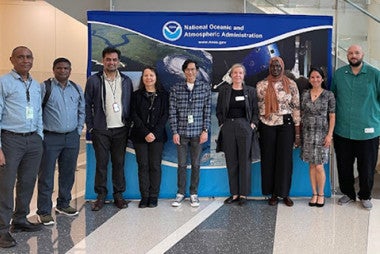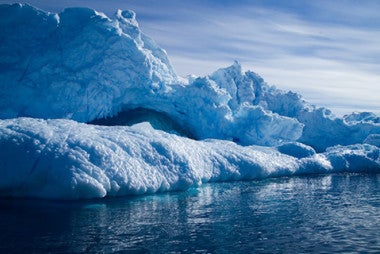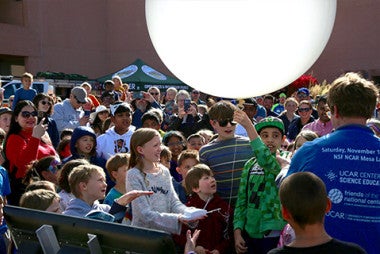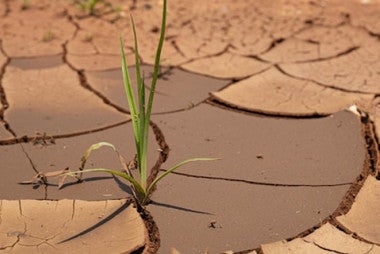NOAA WINGS Fellow Emily Faber studies dust in the wind to improve climate modeling
Dust matters. “The presence – or absence – of dust in the atmosphere has implications for farming, food production, air quality, the health of our oceans and climate change,” says Emily Faber. “It’s why we should care about how much dust is transported in the wind and how accurately those winds are represented in climate and forecasting models.”
Faber, a Ph.D. candidate in atmospheric physics at the University of Maryland Baltimore County, was one of three graduate students selected in 2023 for the inaugural Weather Program Office (WPO) Innovation for Next Generation Scientists (WINGS) Ph.D. Dissertation Fellowship. The new fellowship is supported by NOAA’s WPO and administered by the UCAR Cooperative Programs for the Advancement of Earth System Science (CPAESS).
The first year called for research proposals to improve the NOAA Unified Forecast System (UFS), an Earth modeling system for local and global applications that relies on the community of researchers and modelers for its improvements.
As a modeler, this topic resonated with Faber. “A robust and accurate UFS will make us a Weather Ready Nation,” notes Faber, “but improving climate forecasts depends, in part, on better representing aerosols, like mineral dust, in our models.”
Of the aerosols in Earth’s atmosphere, dust is the most prevalent and most of it originates in the desert regions of North Africa. “It’s not easy to see atmospheric dust in satellite imagery,” says Faber, “and we know that dust emissions vary based on surface wind speeds and soil properties, such as how wet or dry the soil is.” So, she developed another approach to evaluating and understanding dust emissions that is the basis for her dissertation.
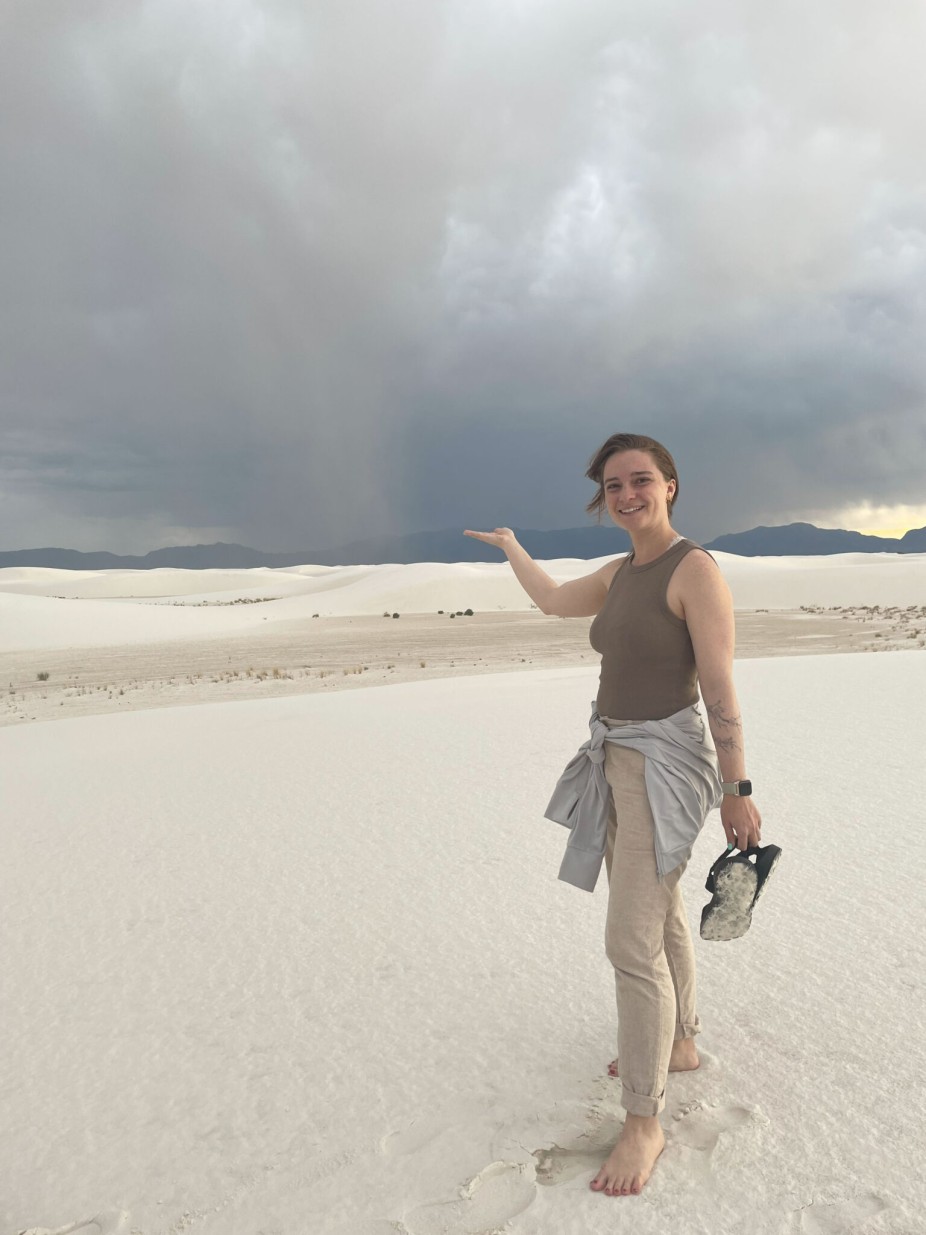
Early in her fellowship, Faber visited the dunes at White Sands National Park in New Mexico, another unique ecosystem perfect for studying dust. Credit: Emily Faber.
Faber compared surface wind measurements on the Arabian Peninsula to those simulated in an established climate model. She collected 20 years of wind data for ten weather stations from NOAA’s Integrated Surface Database (ISD), a global database of meteorological observations, and compared the values to the predictions of the NASA Goddard Chemistry Aerosol Radiation and Transport (GOCART) model that simulates many aerosol components including dust.
She was surprised by the results: there were differences between the actual surface wind speed measurements and the predictions of the GOCART model. “In fact, the GOCART model predicted wind speeds that were as much as two meters per second faster – and almost never slower – than the surface observations over my study region. They also disagreed seasonally. This tells us that there is room for improvement in our global climate modeling and forecasting,” Faber said.
A more accurate representation of wind speeds in climate models will help scientists anticipate the presence of atmospheric dust and its impact on Earth’s climate. Faber’s research results were published in the Journal of Geophysical Research: Atmospheres in October 2024.
What is next for Faber? She sought the WINGS Fellowship because of its connection to NOAA and the opportunities it offered. The fellowship matched Faber with NOAA Physical Scientist Barry Baker, whose research interests around dust detection and modeling intersected with hers. “As a mentor, he was always open to discussing all aspects of my research, new papers that I discovered, or a multitude of other questions.”
“Emily is extremely motivated and shows the characteristics for a long and successful career within the science community.” Baker says. “… [Her] work through the WINGS Fellowship will end up having direct impacts on the operational forecasts using the UFS that NOAA provides to give advance warning of extreme particulate matter pollution caused by wind-driven processes.” (Source)
After graduation, Faber aspires to continue her research career as a federal scientist. “I’ve always envisioned a role in the public sector, and the NOAA fellowship has moved me one step closer to realizing that goal.”
Ph.D. candidates who have completed their required coursework and are writing a dissertation are eligible to apply for the WINGS Fellowship. NOAA, in partnership with CPAESS, established the fellowship to develop and foster the next generation of science, technology, engineering, and mathematics (STEM) scholars, with the goal of bolstering the future workforce of America’s Weather Enterprise.


